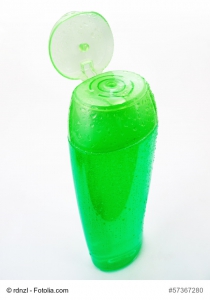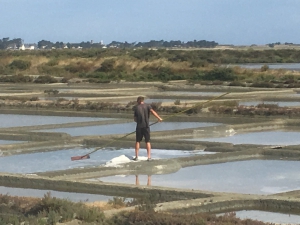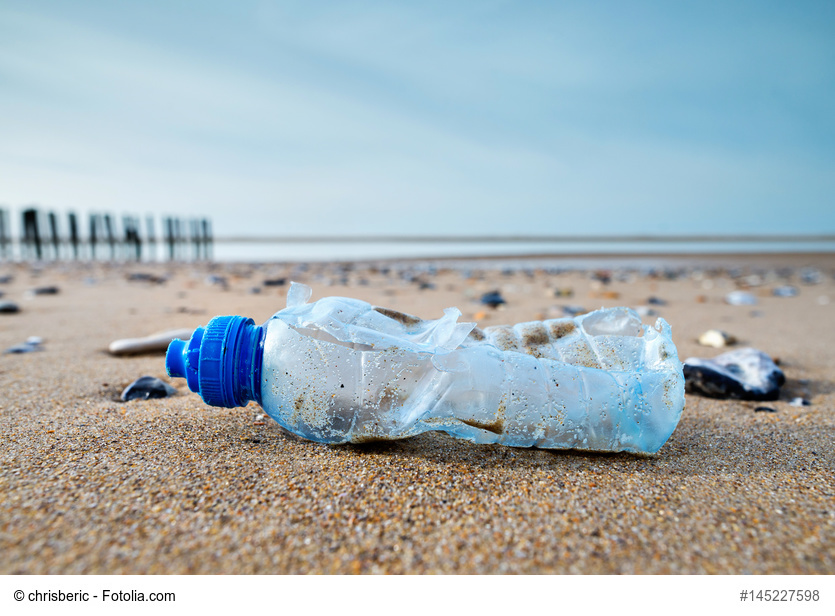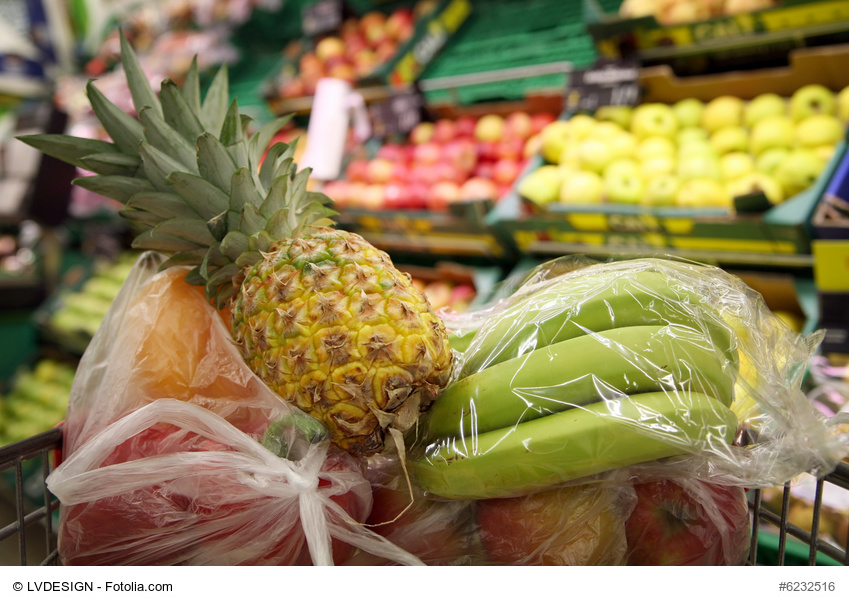Micro Plastic
This is a new challenge: according to media reports micro plastics have been found in fish, animal stomachs, beer, honey and sugar. Recently some scientists found microplastics in Fleur de Sel – those precious minerals, manually produced and used in the gourmet kitchen. For the sensitized public it is time for us to objectify this discussion …..
Did you already noticed the plastic waste when walking along the beach? Did you already observed how many plastics is used for fruit and vegetables in the retail? People are unreflective using thermoformed packs or those small thin plastics to wrap single pieces of fruits. Even Organic products are unanimous packed in plastic!
Daily intake unknown?
Despite of recycling quotas and joint initiatives of retail, people are using 140 kg of plastics per year and person. Those materials are now found in waste and water. Plastic does not come solely from food packaging: it is used in cosmetics, in sportspersons dresses and in baby diapers. Plastic gets into the sea water and in ground water, They disintegrate themselves, form sediments or just swim on the surface of the sea. Meanwhile plastic parts get back into the food chain.

Fleur de Sel
Fleur de Sel is a natural products – and as every natural product – influenced by the nature and environment. This is what consumers normally like – because this makes the difference to industrial products with or without artificial additives. Because nature makes a difference in taste and appearance.

Salt Farmer in Northern France
Fleur de Sel is derived from salty sea water, becoming crystallized by sun in flat natural pools. The sea salt works are situated in the warm regions of Europe, as Greece, Italy or France. Because they can use the sun and the heat to derive seasalt
Fleur de Sel are „saltflakes“, salt-flowers, set down in the morning on the surface of the sea-wate. It is manually “harvested” and has to be gently processed, packed and transported, to maintain the structure of flakes.
In contrary to sea-salt Fleur de Sel is not washed after drying, this may be the reason that sea salt is not affected of microplastic in the same manner.
Fleur de Sel counts to Gourmet Salts and is used because of the sea-minerals in Organic Foodstuff. In Germany we use approx. 30 mt per year – approx. 0,007 % of food salt.
Being Objective
The Association of Salt Wholesalers in Germany requests in its statements of January 2018 to be objective: the daily intake of salt is between 6 and 8 g per Person, whereas 75 % is derived from ready-to-eat food. The food processors do not use Fleur de Sel in those products, due to cost reasons. The consumer himself only uses 2 g for preparing his own food. And only a small part of this 2 g might be Fleur de Sel: because it is only used in special dishes and for special purposes.
A Social Issue?
Because values are low and datas are rare, the German Institut for Risk Assessment (BFR) cannot conduct a risk-analyses. The European Food Safety Authority (EFSA) is the same. As long as a risk-analyses is missing, there is no valuable information about the effects of microplastics in food. Therefore there are no limits or thresholds from the legislators.
The facts are speaking for themselves and we should not turn a blind eye to the consequences of using too much plastics. The contamination of the sea is a social issue.
Therefore industry and consumers should try to reduce plastics and – if unavoidable – combust it in the right way.
.
In case of questions, please do not hesitate to contact us.
All data given are according to our todays knowledge or opinion. They are without obligation.


